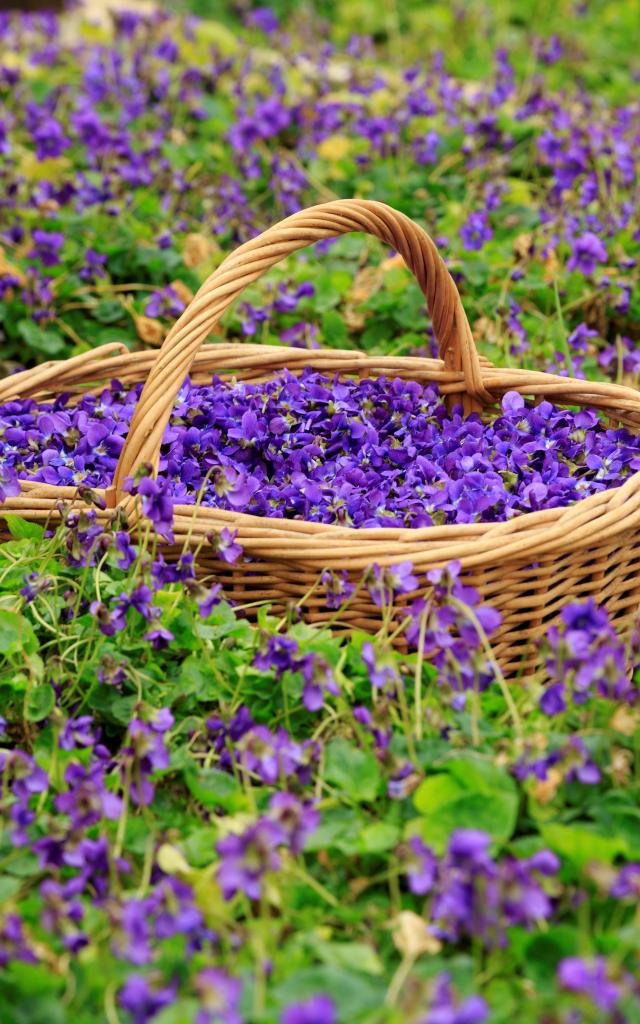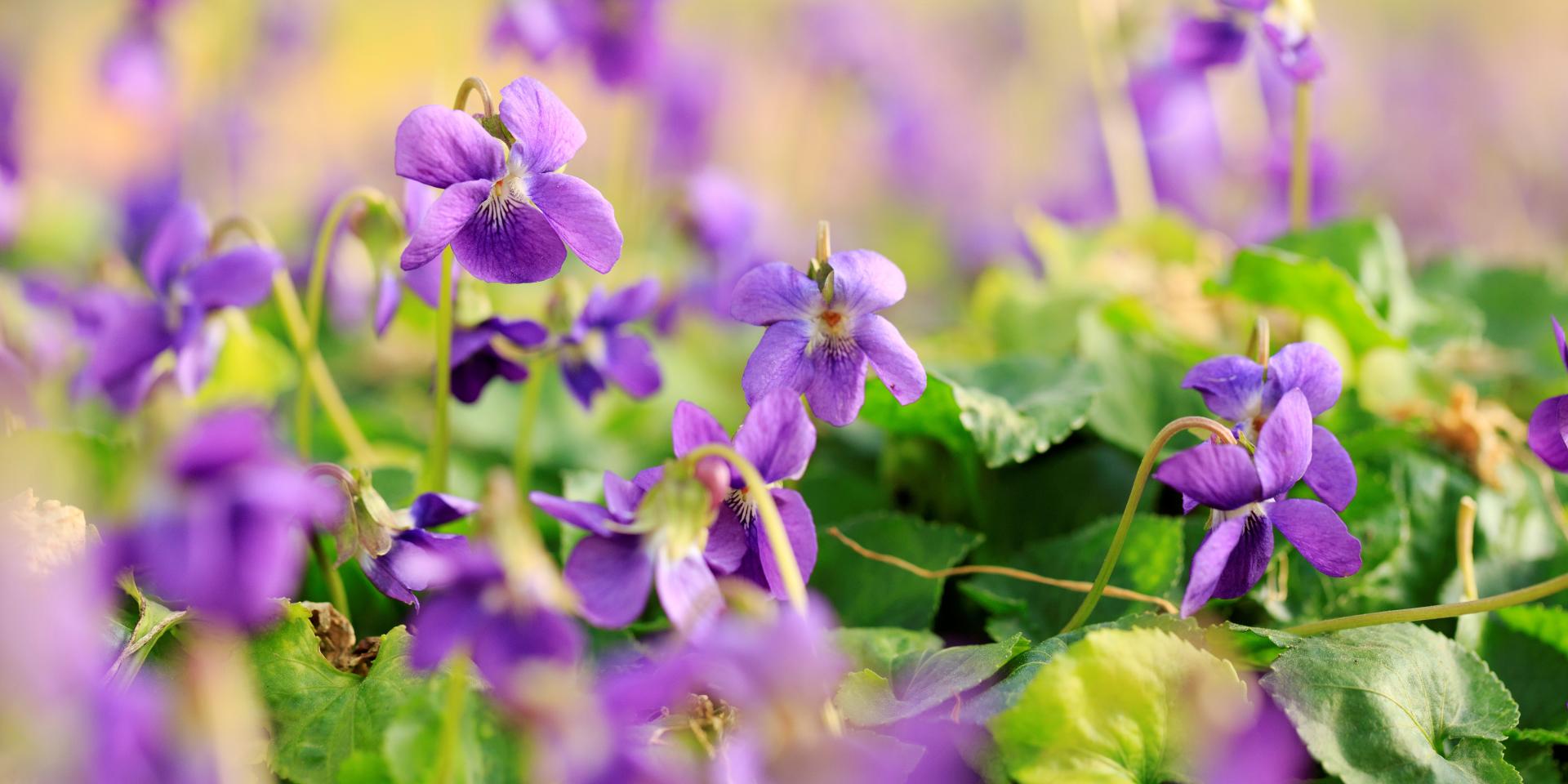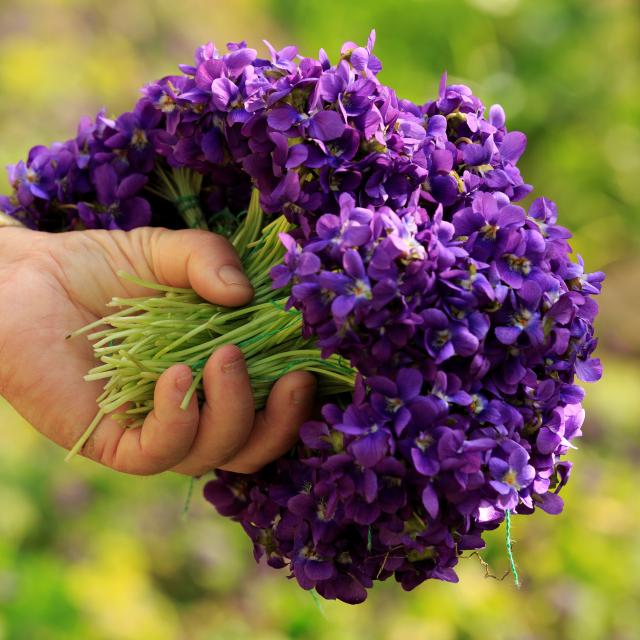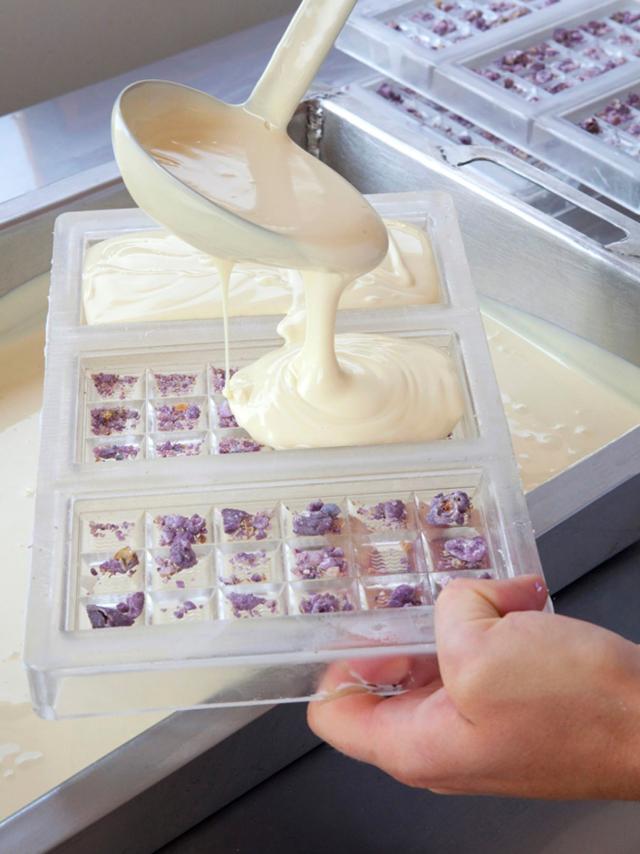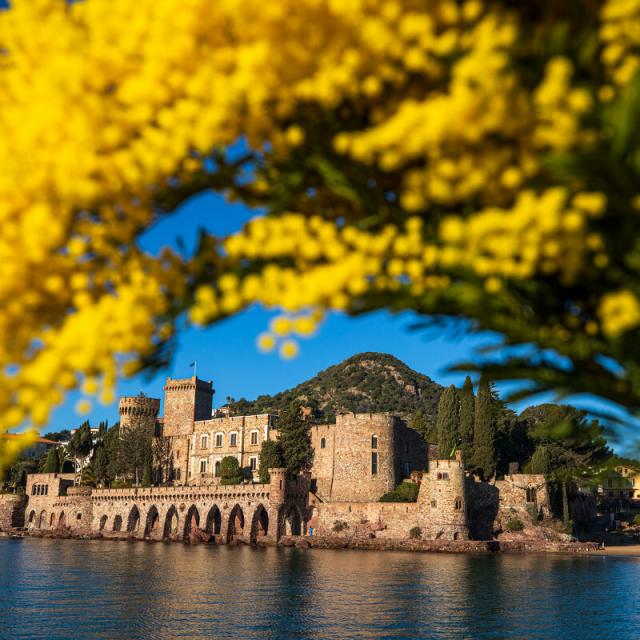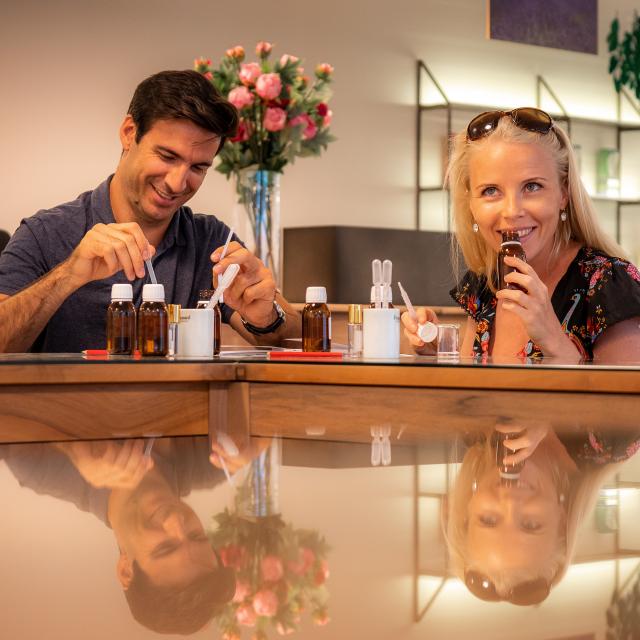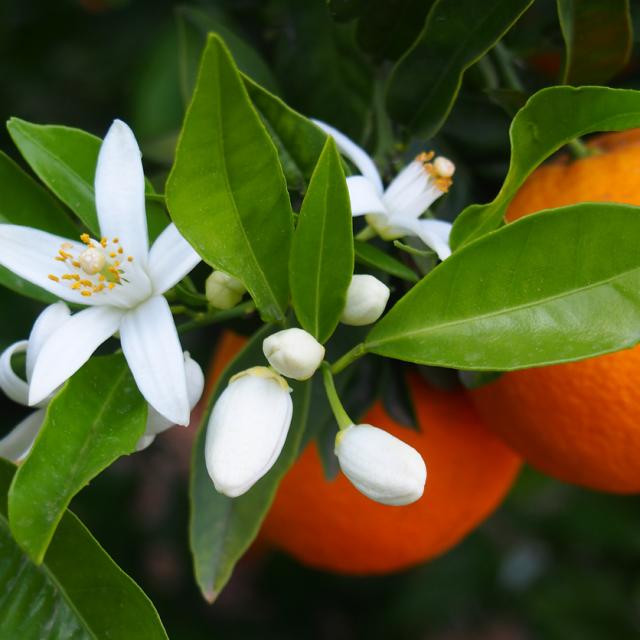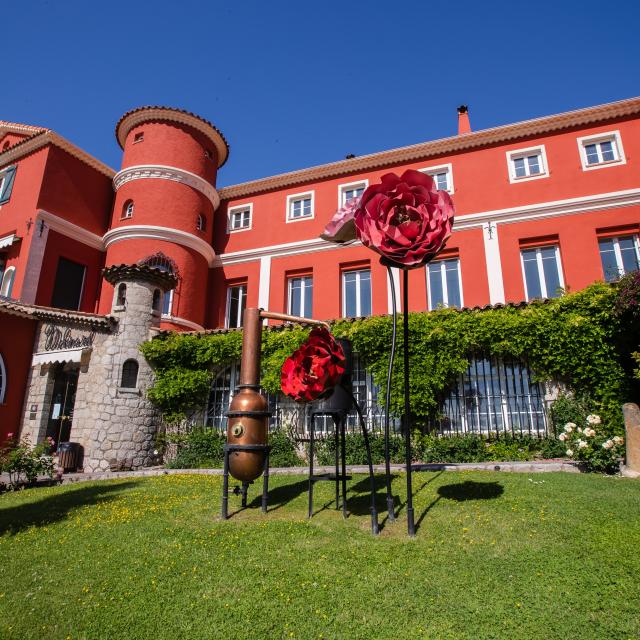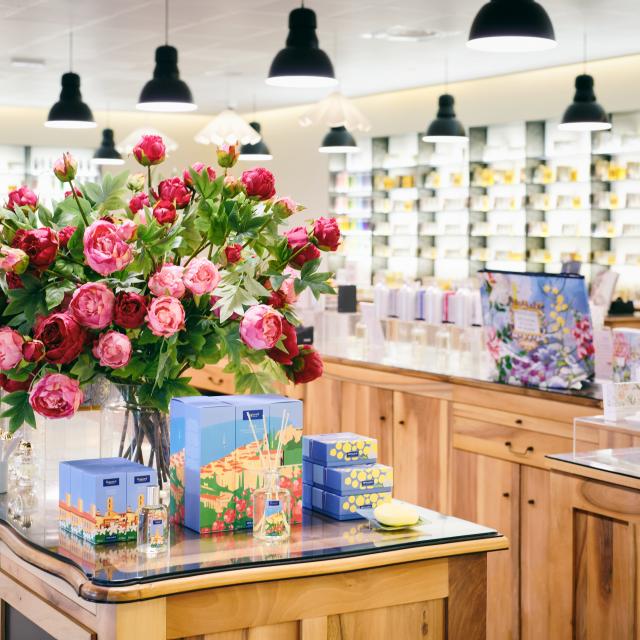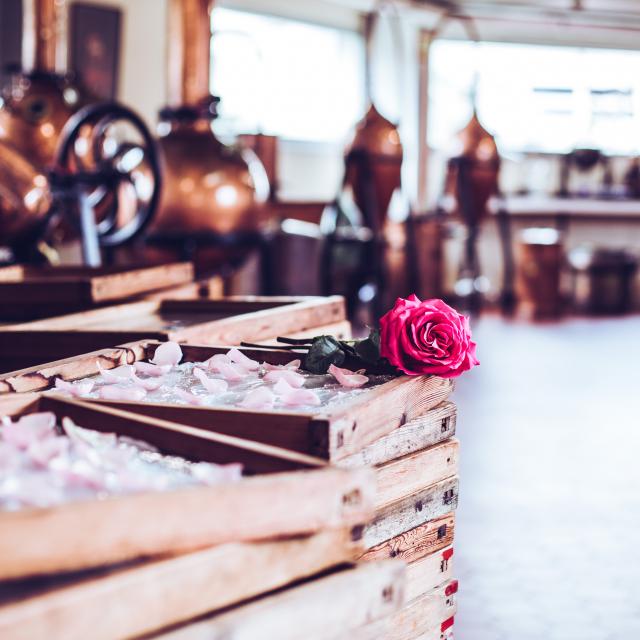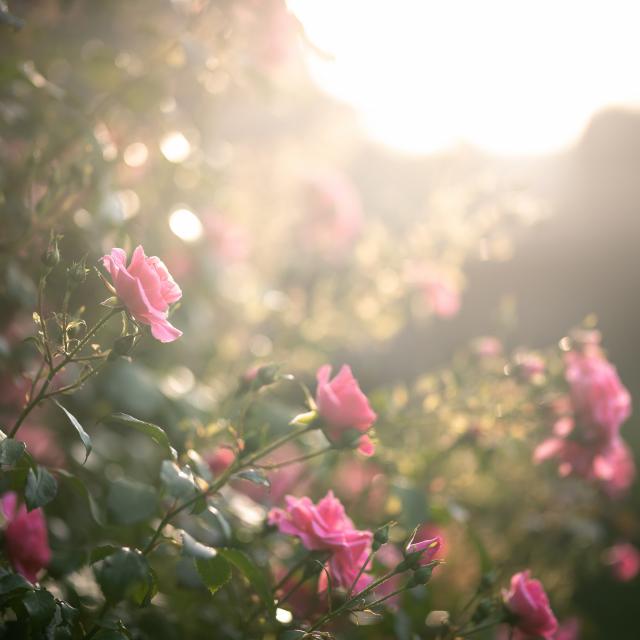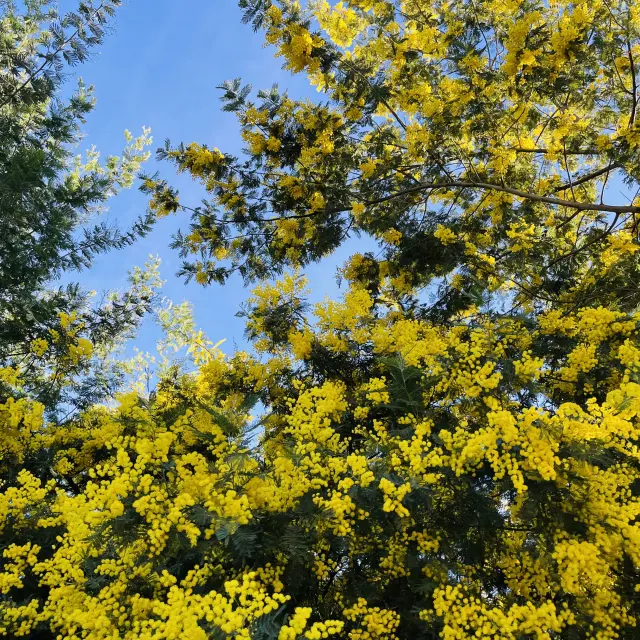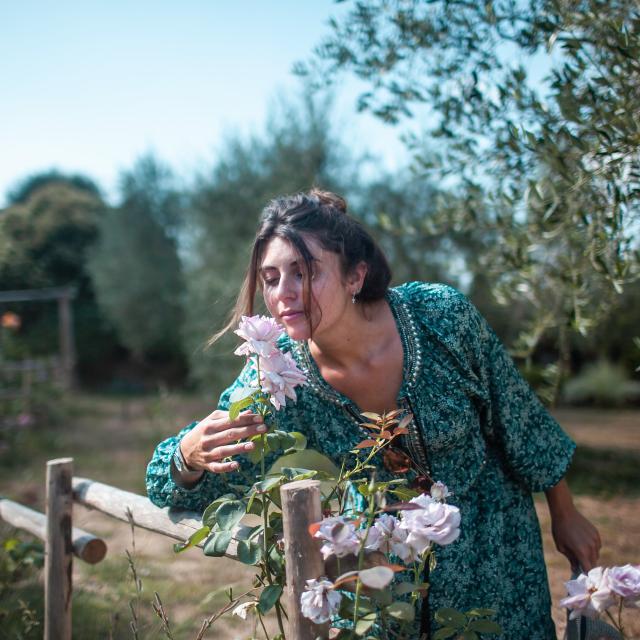VIOLETS, A HISTORIC ACTIVITY
The viola odorata is grown for its scent and taste properties, which are used in perfumery and confectionery respectively. Tourrettans first grew the Parma violet, which is also produced in Toulouse. Then the Victoria variety gradually became the main flower grown in the village.
The Tourrettes violet grows from October to March on small terraced plots. Its cultivation has always been based on manual labour, requiring good physical skills. Horticulturists use it to make bouquets, which are sold between Christmas and Valentine’s Day. It symbolises shyness and secret love.
It is also used to make confectionery and related products. In the kitchen, chefs have used violets to make dishes and desserts. The leaves are also harvested outside the flowering season to make perfume.
Tourrettes remains the only area in France where violet production is the main, if not the only, activity of horticulturalists. The Tourrettes violet has gained notoriety over the years and continues to make a name for itself around the world.
A festival in its honour has been held every year since 1952. On 6 March 2010, the town also inaugurated the Bastide aux Violettes, a living museum dedicated to the flower and the expertise of its growers.
